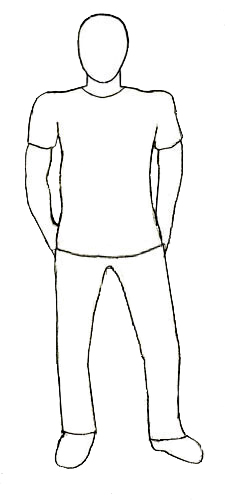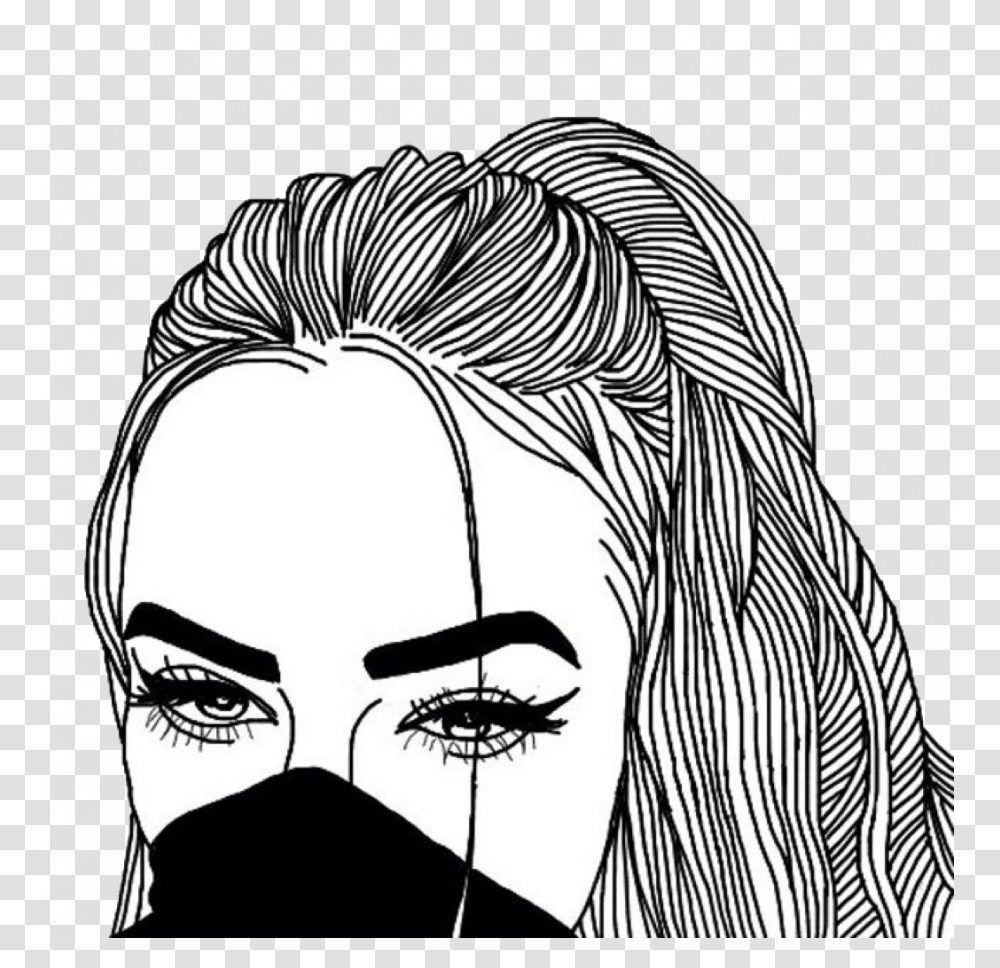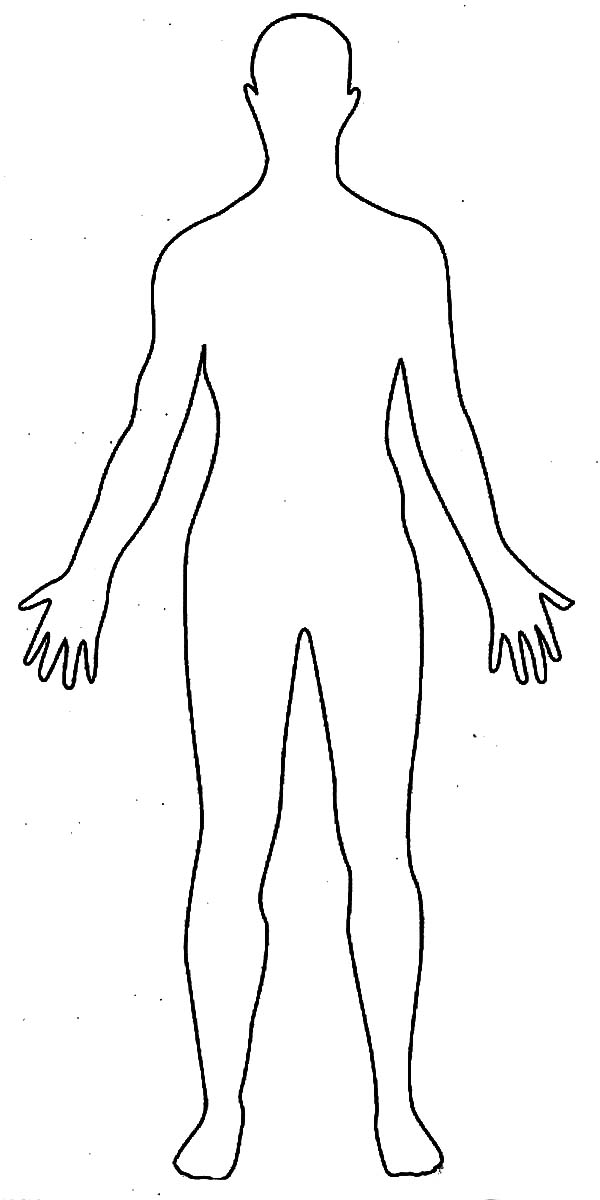The Flower of Life Vectors. 51 Religious Symbols. 8 Free Vector Crowd Silhouettes. 20 Geometric Models. 250 Free Sport Vectors. 300 People Silhouette. 120 Vector Shields. Military Clip Art. Outline of a person template. 42 outline of a person template. Free cliparts that you can download to you computer and use in your designs. Download 3,479 Female Head Profile Line Drawing Stock Illustrations, Vectors & Clipart for FREE or amazingly low rates! New users enjoy 60% OFF. 171,950,924 stock photos online. Download Clker's Person Outline clip art and related images now. Multiple sizes and related images are all free on Clker.com.

Begin by drawing an oval. This will form the person's head. Body Outline drawing - step 2. Next, extend two curved lines beneath the head to form the neck. Allow the lines to diverge from one another, forming the shoulders. Body Outline drawing - step 3. Use pairs of curved lines to draw the arm and hand - the upper arm, the lower arm.

Home >Directory of Drawing Lessons >Improving Your Drawings > Contour Drawing >Drawing Outlines / Countours of What You Are Drawing

Practice drawing outlines and contours of objects, as well as drawing straight and curved lines without rulers and other devices to become a better freehand drawer and artist

On Drawing and Contouring With Different Types of Lines in Your Artwork3. Outline Practice The clean, continuous outline. In Plate i are shown plain lines of simple form (straight, curved, etc.) for free-hand study. In such practice, no rules or instruments should be used, and the first lines should be made very light on the paper. If there is anything wrong with the first drawing, it can then be corrected without erasing, simply by drawing .another line over it. When you are satisfied that the form is correct, go lightly over the paper with the rubber, so as to reduce the pencil marks to as faint a tone as possible, and then outline your drawing with a sharp-pointed pencil. It is best to get the shapes with a fairly hard pencil, say HH, and finish with HB. Plate 2 shows outline forms in which other portions of the object besides the mere outline—height and width —are drawn, and some of the figures show much plainer and more finished than those in Plate 1, because the In Plates 1 and 2, the lines of the outlines were all of one thickness, and there was no attempt made to show distance or shadow by changing the breadth of the lines, or by making any of them heavier or more prominent than others. In Plate 3, on the contrary, such an effort has been made to show depth, distance, overhangs, projections, or recessions, parts that catch the light and places that are in shadow, by varying the thickness of the lines. That this is quite effective for the purpose can be readily seen by a comparison of the pyramids A with the same figure (Plate 2). In the latter, the drawing is quite flat with no great effect of distance, except what is naturally there through the perspective used. In Plate 3, the horizon appears to have receded, while the large pyramid has come up very much closer to us. The only difference in the two drawings is in the varying strength of the lines. Note in Plate 3 how the various figures stand out with more variety and greater contrast than those where the line is nothing but a plain outline. One of the great masters of a clean, sharp, yet variable, line is the English sculptor, Flaxman, whose drawings to Pope's Homer were made in this manner, and engraved on steel. If there is any access to this work, a study of the lining, the things delineated, and the effect obtained would be well worth v6hile. The later editions, where the drawings are cut on wood, are not so good, either as illustrations or for purposes of study. The same difference in effect will also be seen in the cylinder, the one in Plate 3 showing much rounder than the one in Plate 2. The separation of the books is also very pronounced, and likewise of the pen and the inkwell. There would not have been so much snap or life in any of these drawings if.the lines had all been drawn the same thickness; a small variation in this respect makes a great difference in the looks of the finished work. Care must be taken, of course, to make the change in line in an intelligent manner, or the effect will be anything but pleasing. Broken outlines of varying tone. So far these outlines have been drawn with a sharp, clean line, of the same character and depth of color, but there is another kind of 'penciling' that is much more common for purposes of sketching than any heretofore shown. This is the type given in Plate 4, where the outline is not so sharp, nor is it continuous, nor are all the lines of the same tone. Some are lighter, some darker, and the outline itself may be broken. If the artist feels that such a method is called for, an effort should be made to delineate texture or whatever may be required by varying the character of each line in any manner needed. This is a style of penciling that is largely used in laying out drawings that are to be inked in, or washed up later, particularly the latter. The outline for pen work is usually of a harder character than for wash, because it will possibly be followed by a pen line of a similar nature, while in wash drawing the division between two tones is very likely to be only the place where the tones come together, without any line at all dividing them. Because of this, the penciling for wash drawing is almost always lighter and more sketchy than the penciling for the harder and more positive pen drawing. Practically all drawings, whether to be finished in pencil or otherwise, are begun as shown in Plate 4, because such an outline does not interfere with any further work that may be added later, and is light in tone and can be worked into the finished drawing without trouble, or erased with only slight pressure, and without doing harm to the paper. It will be noticed that some of the outlines are rather indefinite and sketchy, particularly in D, but it must be understood that this is really only the first draft, and they can be sharpened up or changed or made more definite, just as desired. Most first drafts are drawn in this manner. The lead pencil is a very adaptable tool, with a wide range of capacity. It is capable of making a fully shaded drawing, on the order of wash or charcoal, like Plate 7, or a sharp, clear line drawing, approximating pen and ink, like Plates 1, 2, and 3, or one in a technique that is almost solely its own, as shown in Plate 5. This is a shaded drawing in lines, but lines of various thicknesses and tones. By some persons, such a drawing is considered a preliminary stage to the learning of pen lining, just as Plates 6 and 7 may be considered preliminary to wash drawing, but there is one point of great importance that must not be overlooked, which is, that while all the lines in a pen drawing are of the same tone; namely, black, the lines of a pencil drawing may be of any tone from black down to the lightest gray. This fact alone gives much individual character to a line drawing done with pencil, as it is possible to make distinctions of surface and differences of effect by lines of the same thickness, but of different intensity of tone. The drawing of the handbag, C (Plate 5) is a good specimen of this kind of pencil drawing, and so is the landscape. The piece of ornament, however, is drawn with lines of practically the same intensity of tone, though they differ somewhat in thickness and distance apart from each other. In this they resemble pen work. The lines follow along the curvatures of the various parts of the ornament, which helps to some extent to give shape to the parts. The sewing cabinet, B, is drawn in somewhat the same way, though here the lines vary a trifle in the matter of color, and follow, to some extent, the grain of the wood. The bag and the landscape, on the other hand, are quite different in method, because not only do the lines differ in thickness and the distance by which they are separated from each other, but the lines themselves vary in color--that is, some lines are darker than others, or lighter, as the case may be. Note the lines in the bottom of the bag, and it will be seen that they are quite a little blacker than those just above in the body; the same is true of the handle. Or note the lines in the landscape along the horizon; they are as wide as those in the foliage on the near side of the house, yet they are not as black or solid, and consequently the tint they make is lighter. The lines in • the sky are gray, while many of those in the tree are almost black. This is a peculiarity of pencil or crayon drawing that is very useful at times, and that gives quite an individual appearance to a pencil drawing if the work is properly carried out. |
Privacy Policy ...... Contact Us
How To Draw A Human Outline
Explore here best collection of outline images, pictures of Man. Find here the perfect outline pictures of a Man in his various positions and poses for use in your requirements as icons, cliparts, vectors and other needs. We have here all kind of outline images of a man such as man walking, man reading, man jumping, man running, man doing yoga, graduate man, an employee, a traveler, an athlete and much more. Download these Man outline images, pictures, drawings for free.
Outline Drawing Of A Person
We have here unique collection of Man outline images, pictures for you to use in your personnel and commercial requirements. Feel free to download these outline images of a Human man.